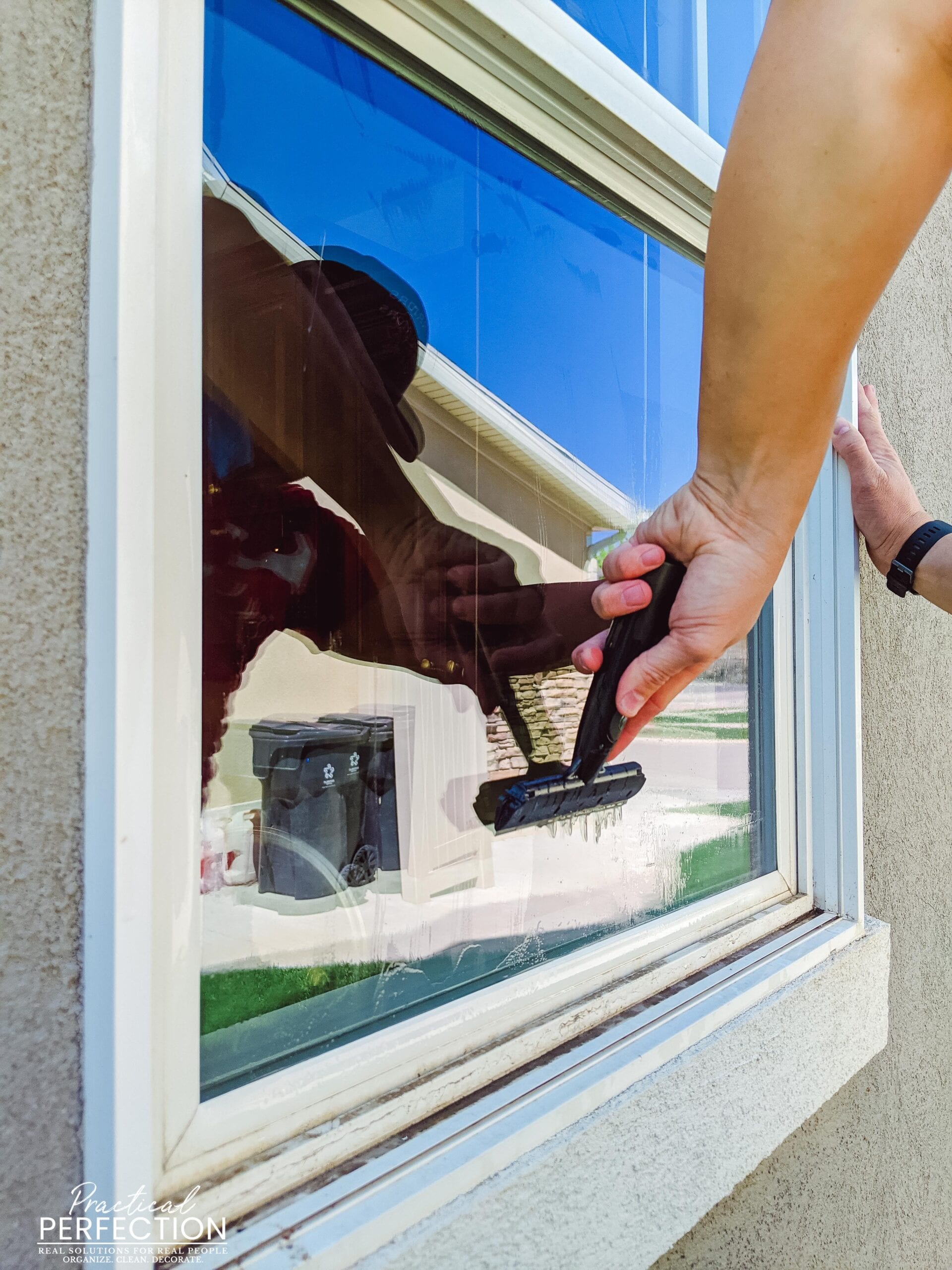Green-Living Tips for Homeowners: Upgrade Your Home’s Sustainability
Sustainability and living green have been in the spotlight for a while now and virtually everyone has heard about it. While a lot of the focus has been on recycling and electric vehicles, homeowners can actually save money in the long run by improving their home’s sustainability.
Whether you’re building a custom home or just want to upgrade your existing domicile, keeping sustainability in mind could have a significant impact on both your wallet and the environment.
With innovations that have brought us everything from smart ceiling fans to light bulbs that last exceptionally longer than traditional ones, a lot of homeowners are embracing sustainability. However, there are a bunch of tips that could crank this up several notches.
Let’s take a look at a few of them.
Your Windows
Switching to renewable energy plans such as solar and wind in order to save money and help the environment won’t do you much good if all the heat and air conditioning is seeping through the home’s windows.
A considerable amount of the energy used for heating and cooling homes can be traced back to inefficient windows, with nearly 25% of home energy being squandered through them, as per the U.S. Department of Energy.
One effective solution to this energy wastage is to upgrade to double-pane windows that have been correctly sealed. These windows might initially seem expensive, but they offer a solid return on investment. Furthermore, rebates or credits are frequently available to offset their cost.
To maximize the impact of your windows on cooling your home efficiently, installing an indoor ceiling fan in various rooms can be a good idea. These incredible appliances help circulate the air inside your home and enhance cooling, significantly minimizing the amount of energy your HVAC system expends to maintain desirable comfort levels.
Your Water Heater
Traditional tank-based water heaters operate by maintaining a reservoir of water at a high temperature, which can prove wasteful if your water usage is low, thereby leading to unnecessary energy consumption each year.
Conversely, tankless water heaters, while commanding a higher initial cost and installation fee, offer a more sustainable alternative.
They function by instantly heating water as it flows through the system, providing a constant supply of hot water and eliminating the dread of unexpected cold showers.
The Home’s Appliances
In recent decades, we have witnessed remarkable advancements in the realm of energy-efficient appliances.
From ovens that minimize heat loss to freezers optimized for superior cold retention, energy conservation has become a key feature of modern appliances. If you’re considering purchasing new appliances, aim for those bearing the Energy Star certification, an assurance that the product meets the stringent energy efficiency criteria laid down by the U.S. Department of Energy.
Even if a complete appliance upgrade isn’t on your immediate agenda, you can still bolster your energy efficiency.
Simple measures such as covering your pans while cooking, opting for smaller appliances over larger ones where feasible (like using a toaster oven instead of a full-sized oven), and running your dishwasher or washing machine only when fully laden can make a meaningful difference.
Don’t forget to use eco-friendly products like Force of Nature cleaner to keep the appliances looking their best while maintaining that green living.
Update Your Plumbing
Adherence to federal standards since 1994 has necessitated the use of water-conserving plumbing fixtures. Thus, if your plumbing fixtures like your toilet, shower, or bathtub were installed before the early 1990s, you’re likely wasting a significant amount of water and money each year.
For instance, by replacing your current shower head with a high-pressure yet water-saving shower head and opting for a toilet model with a WaterSense label, you could reduce water use by 20% to 60% annually.
As we said, whether you live in Dubai, Alaska, or The Bahamas, incorporating these green-living tips into your home can immensely increase its sustainability while simultaneously reducing your environmental footprint.
Embrace these changes today, and you’ll find yourself residing in a household that’s both eco-friendly and economically efficient.



